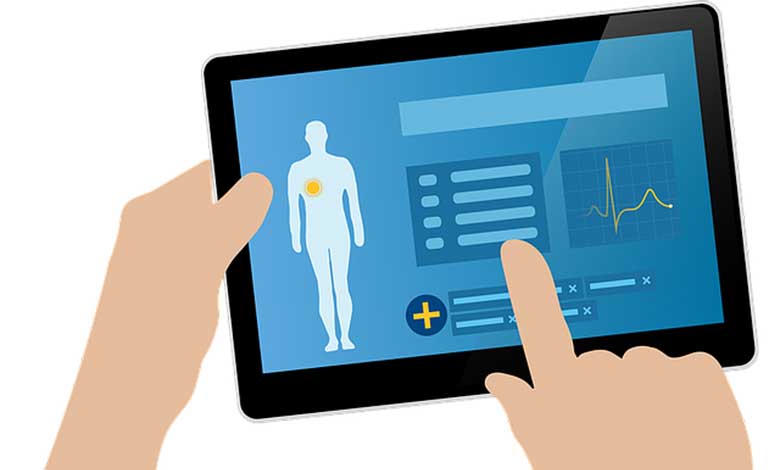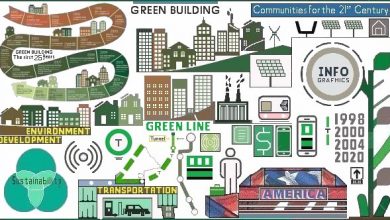
COVID-19 has taken the world into unchartered territory. Lockdown restrictions have forced an extraordinary reduction of day-to-day liberties around the world never seen before. As a result, millions of Australian employees have been working from home and Sydney’s peak hour traffic congestion fell by 60 percent.
As Covid-19 takes physical interactions out of the equation, both businesses and consumers have had to adjust to a new digital life, one that is now almost completely online.
This will change the way that humans interact with digital experiences forever. As a matter of necessity, people who would not usually opt to use an online service are now doing so. This is forcing digital literacy on consumers and businesses and will forever change the way we use and rely on the internet.
Leaning on technology
Pre-COVID-19, Australians were already heavily dependent on technology, with 88 percent already online. Across the globe, Australia is known for adopting new technologies at a faster rate than other countries and has already embraced the habit of looking for information, resources and support online.
Impact of COVID-19
However, not all online services were able to meet the demand of the crisis.
In March, the Federal Government announced that all non-essential Australian businesses would be forced to shut down, meaning that many restaurants, bars, clubs, and cafes had to let employees go. The Star Casino had to let go of over 8,000 employees and it is anticipated that more than 1.7 million Australians will become unemployed as a result of COVID-19.
On March 23, myGov crashed as 100,000 newly-unemployed Australians tried to use it simultaneously to access welfare. The MyGov online portal has since been adjusted to handle 150,000 people at a time, which still faced technical difficulties the following day.
Similar issues arose when both of Australia’s supermarket giants, Woolworths and Coles, revealed their online shopping systems had surged past actual delivery capacity and were forced to temporarily freeze them. After more than a fortnight of suspended services and limited deliveries to cope with logistics issues, both had to gradually rebuild their respective online delivery services and are now prioritising vulnerable and isolated people.
Similarly, during the recent Australian bushfires, many charities were inundated with an abundance of donations and online activity. Often, small charities do not have the infrastructure behind their site to handle this and, in some instances, they had to remove funding from the site and resort to Facebook donations websites like GoFundMe, which had a stronger and more reliable web infrastructure in place.
Looking ahead
There is much more that could have been done to prepare online services for this crisis, but the reality is that no one could have anticipated the scope of the situation we were in which required immediate attention and resources. In the meantime, these mishaps require patience and understanding from customers and civilians.
There are many global leaders making predictions around what the lasting impact of COVID-19 will be. After this global pandemic, people will definitely have a stronger relationship with digital experiences. For example, someone who has never shopped online may be forced to do so now and then never turn back.
The pandemic has caused technology to be our connection to information, services, and products, and as we rejoin the ‘new normal’ this new, stronger relationship with digital experiences will have long lasting societal impacts.











